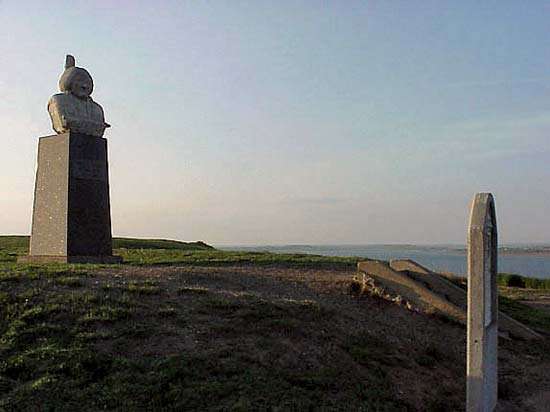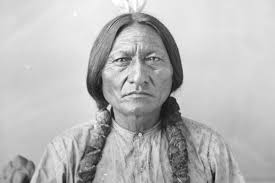 Sitting Bull was born c.1831, near Grand River, Dakota Territory, now in South Dakota, USA, and died December 15, 1890, on the Grand River, South Dakota. He was a Teton Dakota Indian Chief under whom the Sioux peoples united in their struggle for survival on the North American Great Plains against the white settlers taking their tribal land. He is remembered for his lifelong distrust of white men and his stubborn determination to resist their domination.
Sitting Bull was born c.1831, near Grand River, Dakota Territory, now in South Dakota, USA, and died December 15, 1890, on the Grand River, South Dakota. He was a Teton Dakota Indian Chief under whom the Sioux peoples united in their struggle for survival on the North American Great Plains against the white settlers taking their tribal land. He is remembered for his lifelong distrust of white men and his stubborn determination to resist their domination.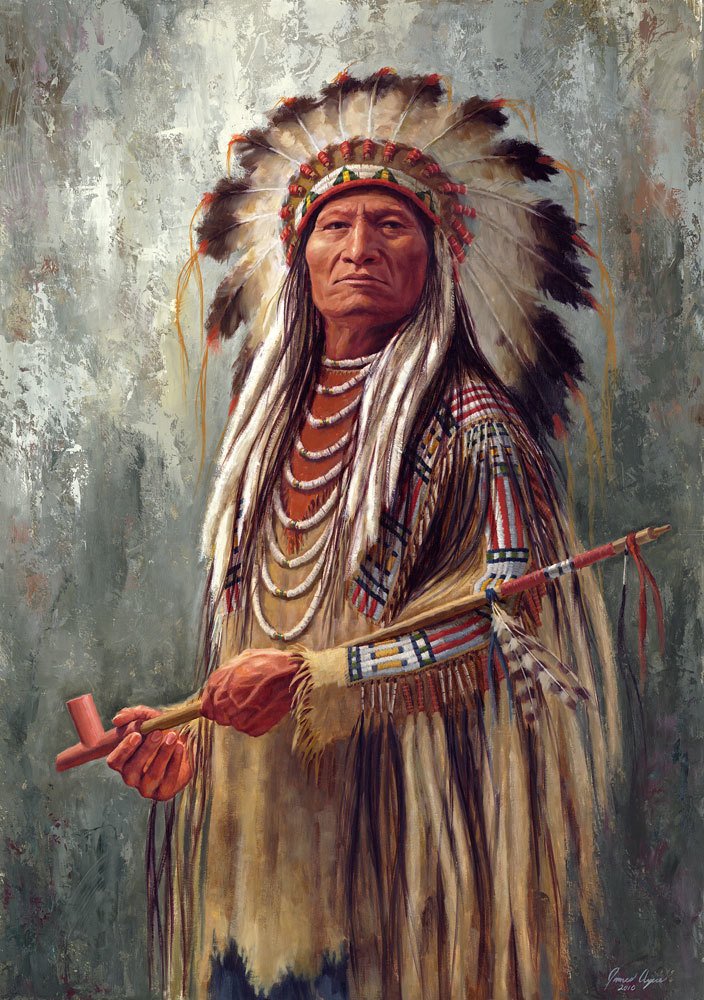 Sitting Bull was born into the Hunkpapa division of the Teton Sioux. He was the son of Returns-Again, a renowned Sioux warrior who named his son “Jumping Badger” at birth. The young boy killed his first buffalo at age 10 and by 14, joined his father and uncle on a raid of a Crow camp. After the raid his father renamed him Tatanka Yotanka, or Sitting Bull, for his bravery, and gained a reputation for fearlessness in battle.
Sitting Bull was born into the Hunkpapa division of the Teton Sioux. He was the son of Returns-Again, a renowned Sioux warrior who named his son “Jumping Badger” at birth. The young boy killed his first buffalo at age 10 and by 14, joined his father and uncle on a raid of a Crow camp. After the raid his father renamed him Tatanka Yotanka, or Sitting Bull, for his bravery, and gained a reputation for fearlessness in battle. 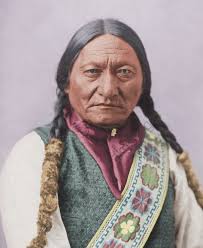 Sitting Bull joined the Strong Heart warrior society and the Silent Eaters, a group that ensured the welfare of the tribe. He lead the expansion of Sioux hunting grounds into westward territories previously inhabited by the Assiniboine, Crow and Shoshone, among others.
Sitting Bull joined the Strong Heart warrior society and the Silent Eaters, a group that ensured the welfare of the tribe. He lead the expansion of Sioux hunting grounds into westward territories previously inhabited by the Assiniboine, Crow and Shoshone, among others.He became a leader of the powerful Strong Heart warrior society and later, was a participant in the Silent Eaters, a select group concerned with tribal welfare. As a tribal leader, Sitting Bull helped extend the Sioux hunting grounds westward into what had been the territory of the Shoshone, Crow Assiniboin, and other Indian tribes. His first skirmish with white soldiers occurred in June 1863 during the U.S. Army’s retaliation against the Santee Sioux after the “Minnesota Massacre,” in which the Teton Sioux had no part. For the next five years he was in frequent hostile contact with the army, which was invading the Sioux hunting grounds and bringing ruin to the Indian economy. In 1866 he became principal chief of the northern hunting Sioux, with Crazy Horse, leader of the Oglala Sioux, as his vice-chief. Respected for his courage and wisdom, Sitting Bull was made principal chief of the entire Sioux nation about 1867.
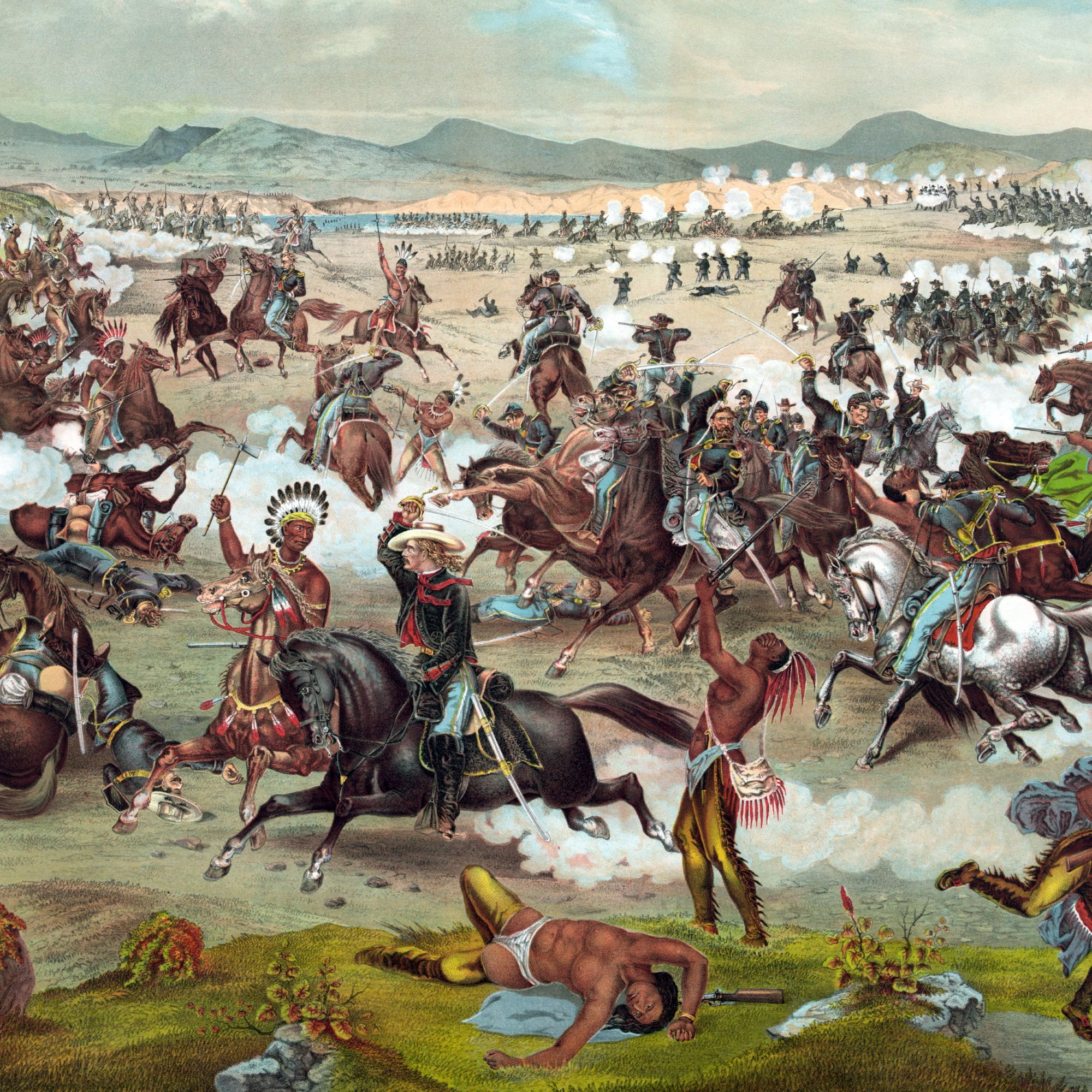
In 1868 the Sioux accepted peace with the U.S. government on the basis of the Second Treaty of Fort Laramie, which guaranteed the Sioux a reservation in what is now southwestern South Dakota. But when gold was discovered in the Black Hills in the mid-1870's, a rush of white prospectors invaded lands guaranteed to the Indians by the treaty. Late in 1875 those Sioux who had been resisting the whites’ incursions were ordered to return to their reservations by January 31, 1876, or be considered hostile to the United States. Even had Sitting Bull been willing to comply, he could not possibly have moved his village 240 miles (390 km) in the bitter cold by the specified time. The ensuing Great Sioux Wars culminated in the 1876 Battle of Little Bighorn, when Sitting Bull and Crazy Horse led united tribes to victory against General George Armstrong Custer.
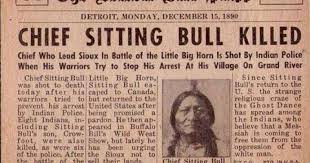
The year 1889 saw the spread of the Ghost Dance religious movement, which prophesied the advent of an Indian messiah who would sweep away the whites and restore the Indians’ former traditions. The Ghost Dance movement augmented the unrest already stirred among the Sioux by hunger and disease. As a precaution, Indian police and soldiers were sent to arrest the chief. Seized on Grand River, December 15, 1890, Sitting Bull was killed while his warriors were trying to rescue him. He was buried at Fort Yates, but his remains were moved in 1953 to Mobridge, South Dakota, where a granite shaft marks his resting place.
